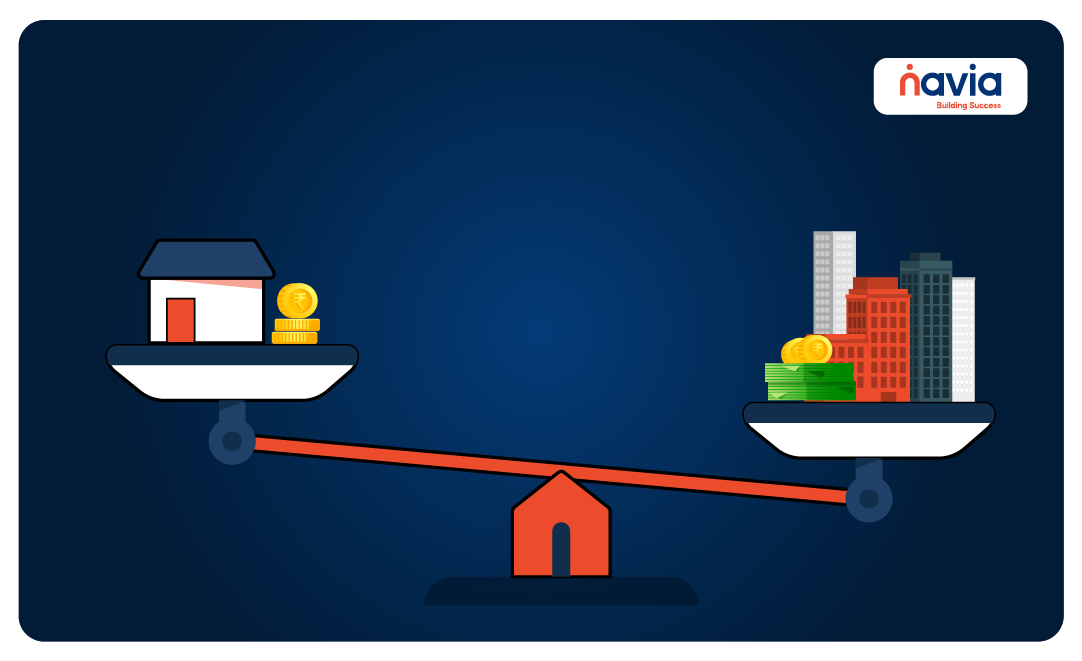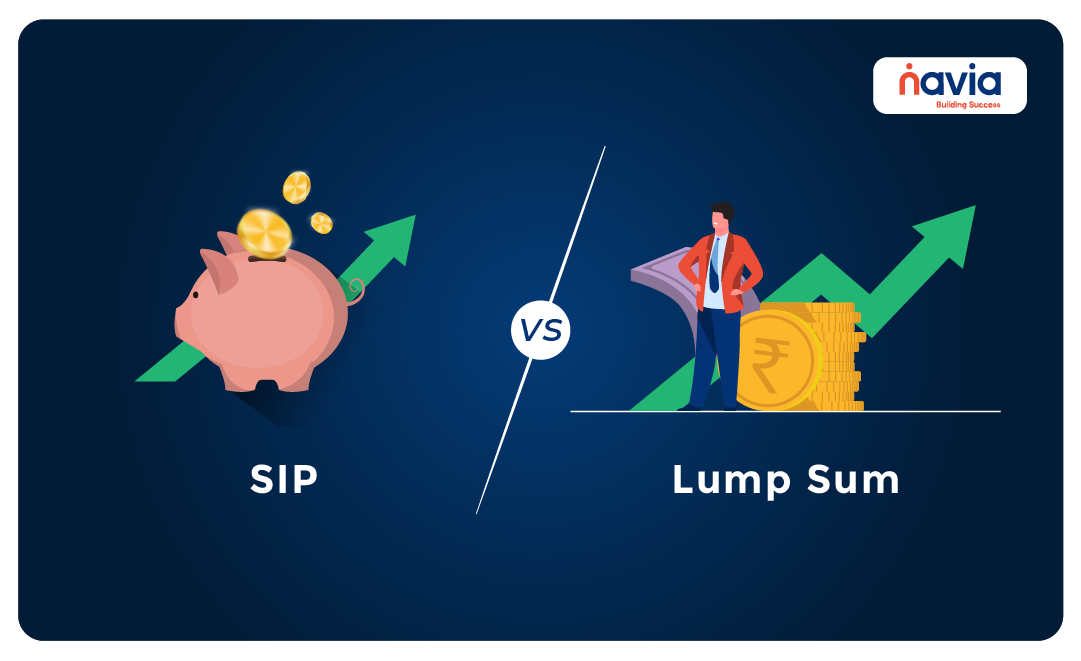Debt-to-Equity Ratio

What is Debt-to-Equity Ratio?
Debt to equity ratio is a financial ratio that shows the proportion of a company’s total debt to its total equity. It is calculated by dividing the company’s total liabilities (debt) by its total shareholders’ equity. The ratio is an important indicator of a company’s financial health and is used by investors and creditors to evaluate the company’s risk level.
Formula
The formula for calculating debt to equity ratio is:
Debt to Equity Ratio = Total Liabilities / Shareholders’ Equity
The total liabilities in the formula represent all the debts that a company owes to its creditors, including short-term and long-term debts. These can include bank loans, bonds, mortgages, and other forms of debt.
The shareholders’ equity represents the residual value of the assets after all liabilities have been paid off. This includes the initial investments made by shareholders, retained earnings, and any other capital contributions.

The ratio is expressed as a numerical value, with a higher value indicating that the company has more debt relative to its equity. For example, if a company has a debt-to-equity ratio of 2, this means that it has twice as much debt as equity.
A high debt-to-equity ratio may indicate that a company is relying heavily on debt to finance its operations, which can increase financial risk and make it more vulnerable to economic downturns. On the other hand, a low debt-to-equity ratio indicates that a company is relying more on equity to finance its operations, which can make it more financially stable and less vulnerable to economic shocks.
For example, if a company has $1 million in total liabilities and $2 million in shareholders’ equity, its debt-to-equity ratio would be:
Debt to Equity Ratio = $1,000,000 / $2,000,000 = 0.5
This means that for every $1 of equity, the company has $0.50 of debt. A low debt-to-equity ratio indicates that a company has a lower level of debt relative to its equity and is considered less risky by investors and creditors.
On the other hand, a high debt-to-equity ratio indicates that a company has a higher level of debt relative to its equity and may be considered riskier. In this case, creditors may be hesitant to lend money to the company, and investors may be less likely to invest in the company’s stock.
The debt-to-equity ratio is an important metric to evaluate a company’s financial health and risk level. A low debt-to-equity ratio may indicate a financially stable company, while a high debt-to-equity ratio may indicate a company with financial difficulties or potential risk.








